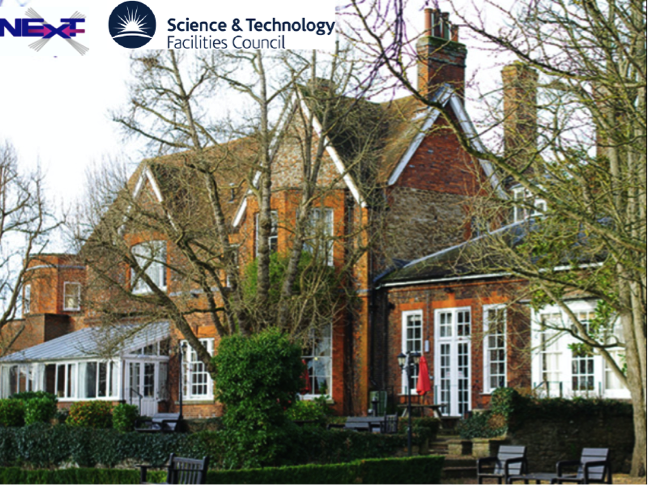The recent study on the the 6-year up-going muon neutrinos by the IceCube Collaboration and the multi-messenger analyses support the hypothesis of a two-component scenario explaining the diffuse TeV-PeV neutrino flux. In particular, a low-energy excess in the IceCube data is shown in the energy range 10-100 TeV. A statistical analysis on the neutrino energy spectrum and on the angular...
We discuess a recent simple modification of the no-scale supergravity Wess-Zumino model of Starobinsky-like inflation to include a Polonyi term in the superpotential. The purpose of this term is to provide an explicit mechanism for supersymmetry breaking at the end of inflation. We show how successful inflation can be achieved for a gravitino mass satisfying the strict upper bound...
In July 2012, a Higgs boson was discovered at the LHC, however many open questions regarding its nature are yet to be answered. For decades, theories of strong dynamics, such as Technicolor, have been proposed as alternatives to spontaneous electroweak symmetry breaking. Walking Technicolor (WTC) theory is a well motivated BSM theory, offering a solution to the hierarchy problem, a composite...
We study the naturalness properties of the B − L Supersymmetric Standard Model (BLSSM) and compare them to those of the Minimal Supersymmetric Standard Model (MSSM) at both low (i.e., Large Hadron Collider) energies and high (i.e., unification) scales. By adopting standard measures of naturalness, we assess that, in presence of full unification of the additional gauge couplings and...
The production of a Higgs Boson with a single top quark is a channel that allows a direct probe of the top Yukawa coupling. While the SM cross-section for pp > thj is small (approx 70fb) due to destructive interference between the W fusion and top emission diagrams as the integrated luminosity of the LHC increases the signal could be extracted from both hh > gamma gamma and h to b bar{b}.
We...
Quirks - particles charged under a QCD-like confining force - are an interesting extension to the Standard Model. If the confinement scale is below ~100 MeV, pair-produced quirks exhibit extremely unusual dynamics. Current track reconstruction algorithms at the LHC are mostly blind to the 'quirky' tracks these particles leave in the detector, so a new search strategy is proposed that offers...
We analyse the prospects for observing the charged CP-even Higgs boson ($H^{\pm}$) in their decays to flavour violating $b\bar{c}$ channels (including charge conjugation) at the proposed Large Hadron electron Collider (LHeC), with $\sqrt{s}\approx 1.3 TeV$, the framework of a Two Higgs doublet Model Type III (2HDM-III), assuming a four-zero texture in the Yukawa matrices and a General Higgs...
This paper explores effects of both finite width nad interference (with background) in the production and decay of extra heavy quarks at the Large Hadron Collider (LHC). These dynamics are normally ignored in the standard experimental searches and we assess here in the regions of validity of current approaches. Further, we discuss the configuration of masses, widths and couplings where the...
